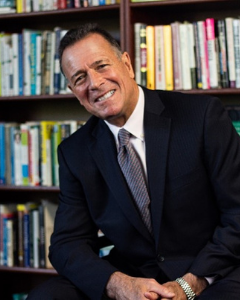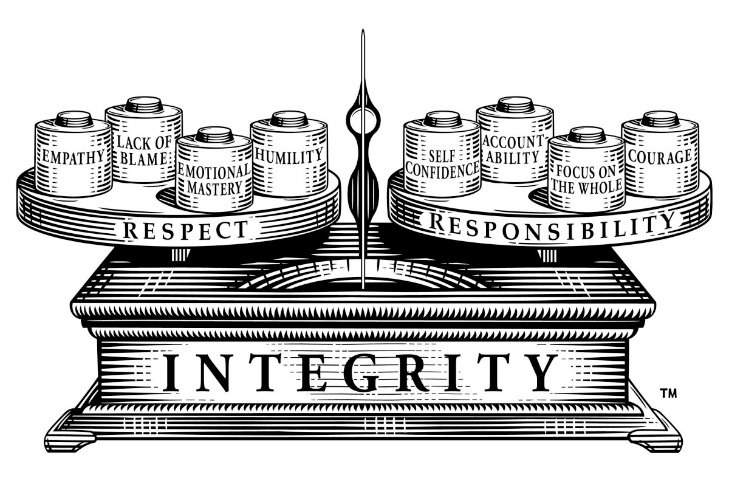
 By Tino Mantella
By Tino Mantella
TLG President & CEO
Bye-bye boss man, you’ve overstayed your welcome. Even before the industrial revolution, you were the man in charge. It was your way or the highway. Fast forward to a more recent time – the “Boomer” men were trained to be in charge and taught that we were weak if we showed empathy. The term emotional mastery was starting to appear in books, but most of us didn’t follow the theories. A few women were breaking through the ranks of leadership, but it was still a man’s world.
People had to learn what WE as bosses wanted because we weren’t as concerned about what THEY wanted. Back then, most for-profit organizations, and certainly most public companies, were all about one bottom line: making a profit for their shareholders. The best way to do this was to rule with an iron fist. We were all “charging to the sound of the guns” and rewarded by winning the battle and taking no prisoners. It was always darkest before dawn.
Then, almost indistinguishably, the first rays of light began to shine through. Women began finding their voice while workers realized that they didn’t have to stay in one company for their entire careers. Men slowly realized that if they didn’t change, they’d be kicked to the curb (and many were). At first, we men didn’t change because a bolt of lightning hit us and we suddenly realized everyone in the company had something to add. No, we did it for survival. Like every revolution, the rank-and-file rose, starting with single voices that became a harmonious choir. Often the music was soft, playing songs in our heads like “Change is the right thing to do.” At other times, the voices were strong with lyrics like, “We’re mad as hell, and we aren’t going to take it anymore”.
Leadership Today
We all know there’s been a lot of change regarding what the word “leadership” means to most businesses. Today, we talk about servant leaders who are focused on flipping the organization on its head. Many ask, “What do my people need to be successful versus what do I, the leader, need?”
There are now multiple bottom lines in the company. Companies that don’t have a purpose beyond making money are generally less effective than those that reach out to support every stakeholder. Conscious Capitalism and Go Beyond Profit are two movements on the rise that embody this idea. There are a growing number of women in positions of leadership, but there is much work to be done in this area. Addressing diversity, equity, and inclusion is also viewed as essential, although many companies need to move from talk to action. And most importantly, leadership character has taken center stage.
The Leadership Character Model
Nearly three decades ago, Bob and Lyn Turknett created the Leadership Character Model. Little did they know that the model would not only withstand the test of time, but become a central recipe for leaders to follow even today. There are three main pieces of the model – Integrity, Respect, and Responsibility.

Speaking from my own vantage point as a CEO since the 1980’s, up until the last ten years, most of us were likely stronger on the responsibility side of the scale than on the respect side. Was it expected of us? Probably. Was it right? Well, I wouldn’t say it was right or wrong at the time. We were following the norms. The employees, for the most part, weren’t complaining, at least loud enough for us to change. So, we kept doing what we were doing. As the voices grew louder, we started to see that we wouldn’t get the same results if we kept doing things the same way.
Like most movements, it didn’t happen overnight. To be honest, for most of us it’s not easy to strike that balance. Yet, it’s clear that balancing respect and responsibility is the right thing to do and it’s undoubtedly better for the business. There’s no question that demonstrating empathy, emotional mastery, and humility makes us better people. At the end of the day, that IS the bottom line
Tino
Contact Info:
Cell: 678-984-8528

